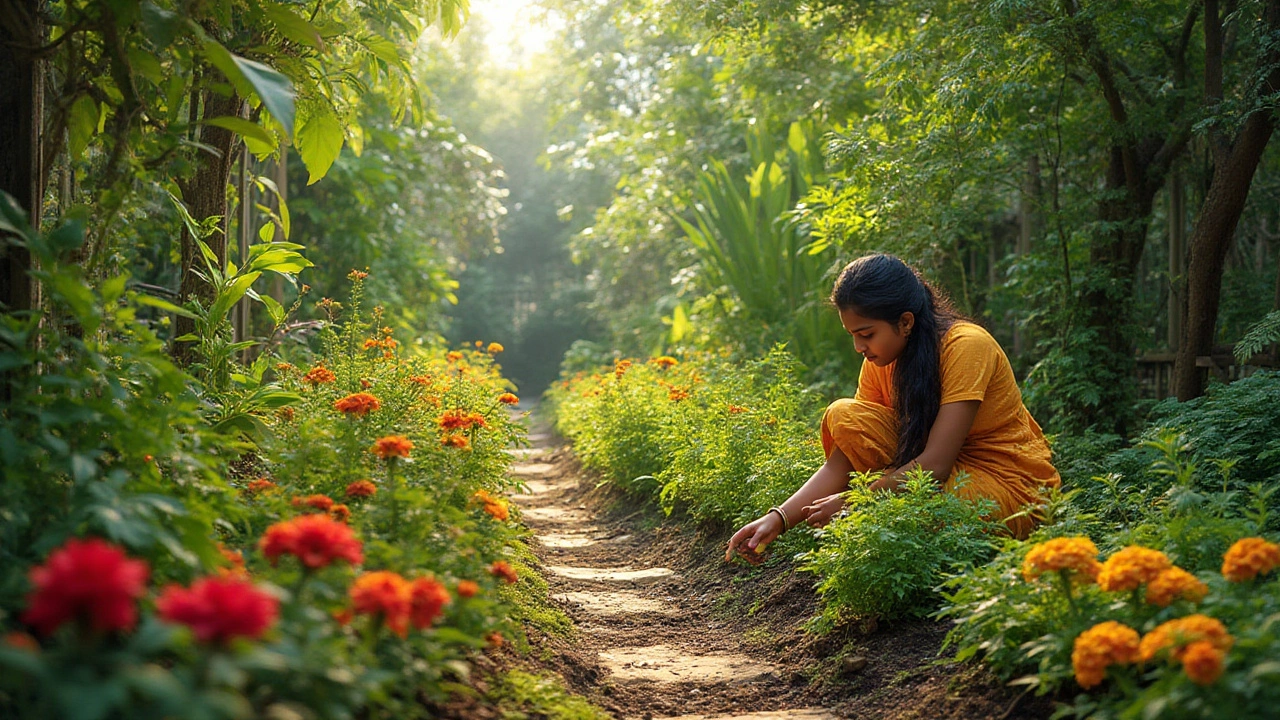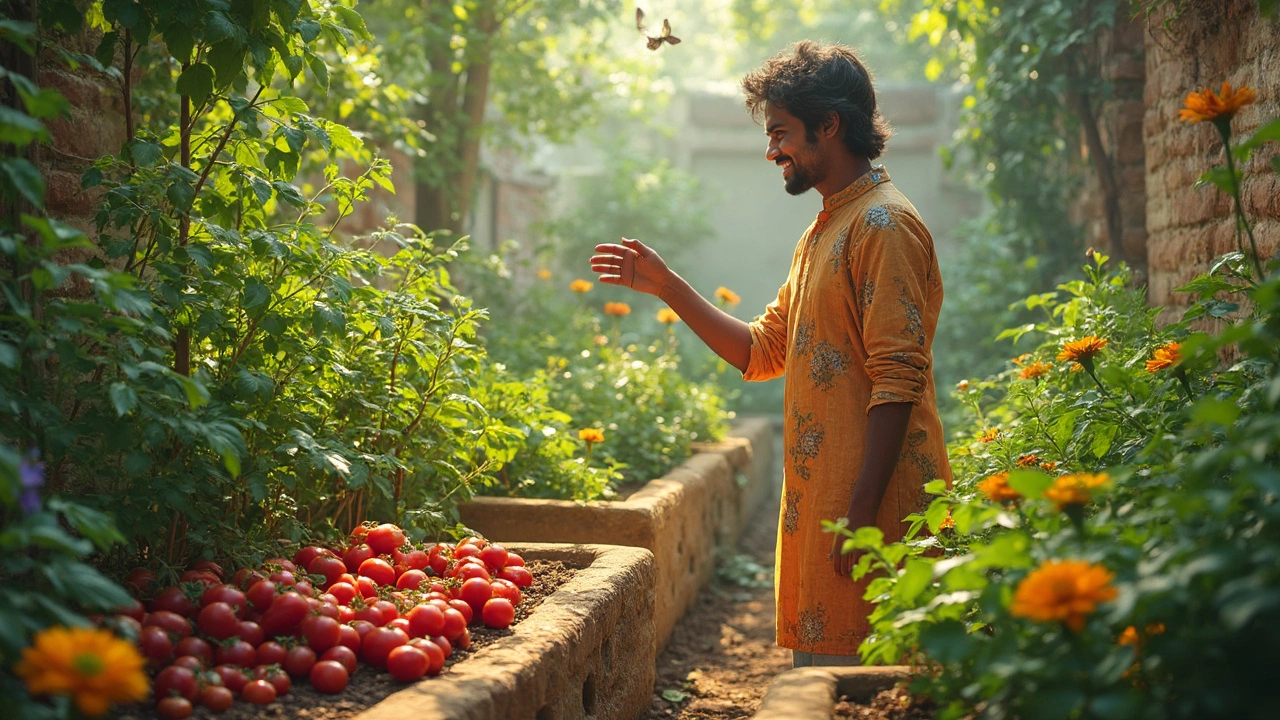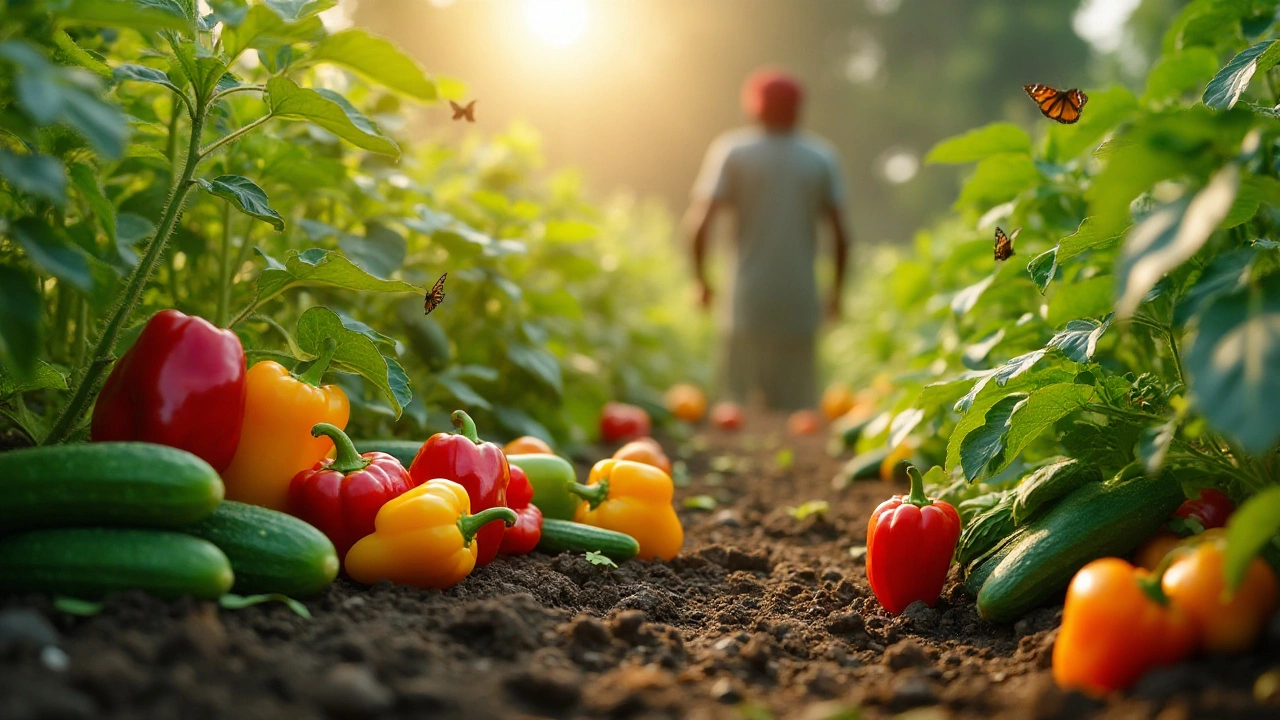Companion Planting: Simple Ways to Boost Your Garden
Ever wonder why some plants look healthier when they’re grown together? That’s companion planting – a natural way to make plants help each other grow. You don’t need fancy chemicals or expensive tools, just a bit of knowledge and a few smart pairings.
On this page you’ll find quick tips you can try right now, plus links to other guides on watering, soil, and indoor plant care. All the advice is tuned for Indian climates, so the suggestions work whether you’re in Punjab, Kerala, or the hills of Himachal.
Why Companion Planting Works
Plants talk to each other through roots and scents. Some release chemicals that scare away pests, while others fix nitrogen in the soil, giving neighbors a nutrient boost. For example, marigold releases a scent that confuses nematodes, making it a great neighbor for tomatoes and beans.
Another win‑win is shade. Tall plants like corn can shelter shorter veggies, preventing sunburn during hot afternoons. In return, the beans climbing the corn add nitrogen, so the whole patch stays fertile without extra fertilizer.
Easy Pairings for Indian Gardens
Tomato + Basil: Basil repels flies and aphids, and tomatoes love the extra flavor boost from basil oils drifting over the leaves.
Chilli + Garlic: Garlic’s sulfur compounds keep spider mites at bay, helping chilli plants stay healthy and productive.
Radish + Carrot: Radish grows fast and loosens the soil, making it easier for carrot roots to push deeper.
Spinach + Strawberry: Spinach shades the soil around strawberries, keeping it cool and moist during summer heat.
When you plan your beds, think about height, root depth, and the pests common in your region. Group a tall, deep‑rooted plant with a low, shallow‑rooted buddy, and you’ll get better air flow, fewer weeds, and happier crops.
Want more ideas? Check out our guide on “How Deep Should Drip Irrigation Lines Be Buried?” for watering tips that work hand‑in‑hand with companion planting. Good water placement makes the whole planting crew thrive.
Remember, you don’t have to overhaul the whole garden at once. Start with one pair, observe the results, then add more combos as you gain confidence. Your garden will thank you with stronger growth, fewer pests, and richer soil – all without a single spray bottle.
Ready to try? Grab a notebook, sketch your garden layout, and plant the first companion duo this week. You’ll see the difference in just a few weeks, and the next harvest will feel like a win you earned yourself.
Sister Plants: The Science and Benefits of Companion Planting for Gardeners
Curious about 'sister plants'? Learn how pairing certain plants can boost your garden's health, repel pests, and increase yields, all with smart, simple strategies.
Vegetables That Grow Well Next to Each Other: Smart Pairings for a Healthy Garden
Curious about which veggies get along in your garden beds? This article dives into the basics of companion planting and shows you real vegetable combinations that thrive together. Get handy tips to boost your harvest, save space, and avoid common gardening headaches. Learn what works, what doesn't, and why pairing certain plants is a game-changer for sustainable gardens. Say goodbye to guesswork and set your veggies up for success with easy companion planting ideas.
Companion Planting: Growing Peppers and Cucumbers Together
Peppers and cucumbers can be successfully planted together in a home kitchen garden. This article explores the benefits of companion planting, such as improved growth and pest control. Tips and strategies for optimizing your garden layout to maximize plant health will also be discussed. Discover how these two plants can complement each other's growth needs, leading to a more productive garden.
About
Gardening, Sustainable Gardening, Kitchen Gardening
Latest Posts
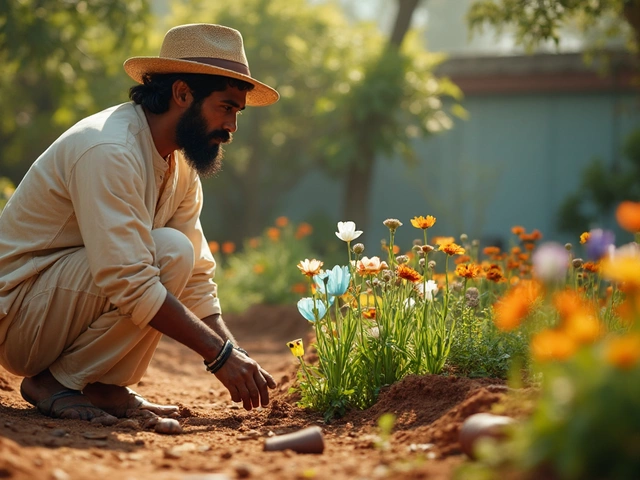

Grow Vegetables on Your Balcony: A Simple Guide
By Alden Thorne Feb 12, 2025
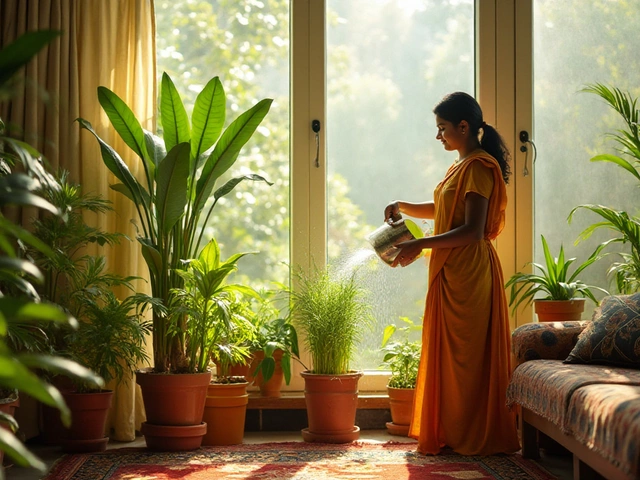
Reviving Indoor Plants: Expert Tips for Lush Greenery
By Alden Thorne Dec 14, 2024

What Plant Only Blooms Every 100 Years? Exploring the Legendary Century Flowers
By Alden Thorne Apr 22, 2025

